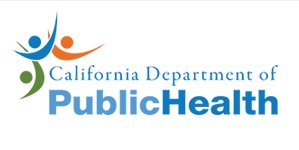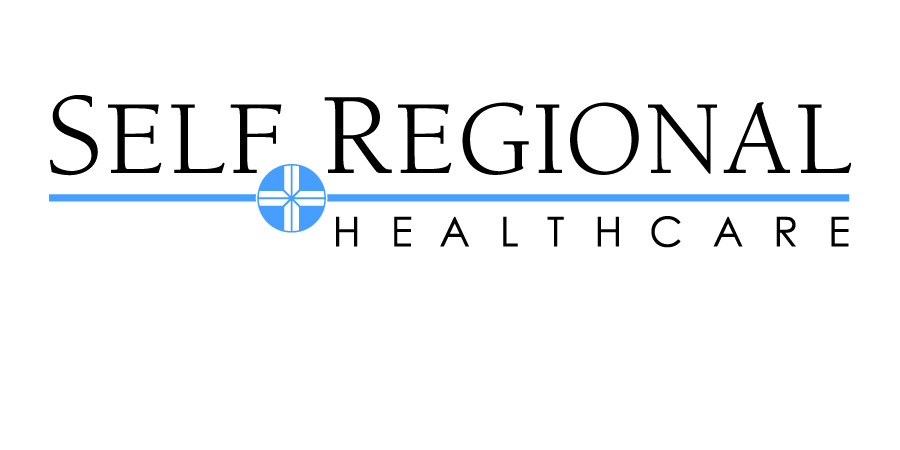Please read through the safety checklist below with your host and tick in the ‘visitor’ box once covered and understood or in the ‘N/A’ if it is not applicable to your visit.
-
Name of Site
Safety Item
-
All relevant access has been granted and a pass issued if required.
-
Any visitor or contractor passes issued must be handed back to your host or security before leaving site.
-
Lab coats and gloves should NOT be worn in any office or carpeted areas.
-
No shorts, open-toed footwear or headwear (other than required by your faith) are allowed to be worn in the laboratories.
-
A blue lab coat and safety glasses should be worn at all times in laboratory areas.
-
Lab coats and gloves should NOT be worn in any office or carpeted areas.
-
You have been shown all relevant fire exits and fire call points.
-
All relevant fire extinguishers in the area of work have been shown.
-
If an accident or incident occurs within the lab a Sygnature staff member must be informed immediately.
-
If an accident or incident occurs within the lab a Sygnature staff member must be informed immediately.
-
Do not attempt to clean up after an accident/incident/spillage unless a Sygnature staff member has determined it is safe to do so. You should never attempt to clean up a spillage of unknown material nor should broken glass be picked up with bare fingers. Advice must always be sought in the first instance.
-
You must not eat, drink, smoke, vape or chew in the laboratory. You must never<br>put ANYTHING in your mouth whilst in the laboratory. This includes pens, pencils,<br>tools, cables, fingers etc.
-
Food, drink, cigarettes, overcoats etc should not be taken into the laboratory - these must be left outside the laboratory.
-
Relevant contact details for the host have been shared with the visitor.
-
Date and time of the weekly fire alarm test has been communicated.
-
During a fire alarm you must evacuate immediately. Never enter a building whilst the fire alarm is sounding. You must head straight to the assembly point and remain there until authorised to leave site or re-enter the building.
-
During a fire alarm you must exit the building by taking the nearest and safest exit, not necessarily the entrance you came through.
-
You have been shown the toilets, break out room and other amenities.
-
You must not to use any lifts in an emergency, these default to ground level during a fire alarm.
-
You are aware of the relevant lone working policy via your host, if applicable.
-
You have been shown all relevant gas alarms and monitoring systems in the area of work and what to do in the event of a gas alarm.
-
You have been made aware of all necessary and relevant areas of high hazards – <br>Hydrogenation suites, NMR, robotics, pressure vessels, cryogenics, lasers etc.<br>
Important notices
-
• Visitor: Failure to complete an induction will result in any works being denied. • Visitor: If the visitor is found to disobey any of the rules and processes explained during the induction, they will be asked to leave site and not allowed to return. • Host: All visitors are required to undertake a new induction every month – please check with facilities if unsure an induction is required. • Host: The completed induction form should be handed to facilities as soon as the form is completed.
Host
-
I confirm that the induction has been carried out and all the above points discussed and explained to the visitor.
-
Date:
Visitor
-
I confirm that all the above points have been explained to me and I fully understand.
-
Date:
Visitor/Contractor card
-
Card number given:
RAMS and Permit to Work
-
RAMS have been reviewed by Sygnature Discovery and approved
-
A permit to work has been issued as necessary










